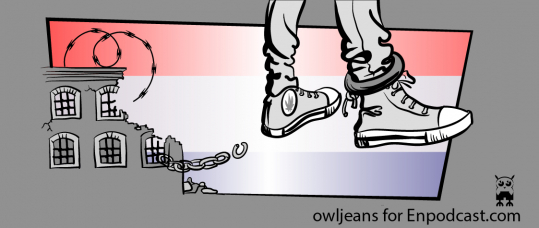Dutch Prisons
In 2009 eight prisons were closed in the Netherlands due to the lack of criminals. It was too expensive to maintain half-empty jails. In 2013 another 19 prisons were closed in the country for the very same reason. Currently the plan is to shut down five more prisons over the next few years. But on the other hand more than 1,900 prison employees are going to lose their jobs.
There are two reasons why prisons have become unprofitable. Firstly, the crime rate in the Netherlands has been on a steady decline since 2004. Furthermore, there has also been a decrease in major crimes. Secondly, judges have begun to pass shorter sentences, meaning that criminals spend less time behind bars.
The situation with empty jails in the Netherlands has become so poor, that in 2015 the country had to import a thousand inmates from Norway to keep the facilities full. Norway has an opposite situation: their prisons don't have enough room for all their criminals.
How do they keep the crime rate so low in the Netherlands? They focus on rehabilitation over punishment, their drug laws aren't very strict and electronic ankle monitoring systems have turned out to be very helpful. Instead of eating up taxpayers' money, former criminals go back to work and make a contribution to society. Compared to traditional incarceration, the use of ankle monitoring systems has decreased the recidivism rate to 50%.
Incarceration rate in the Netherlands is 69 per 100,000 people. Meanwhile, in the USA it is 716 per 100,000 people. This is the highest index in the world. It's caused by the lack of rehabilitation programs and social services for prisoners who finish their sentences. Not having any other options, many return to the old habits.
Thus other countries could learn a thing or two from the Dutch criminal justice system.
















